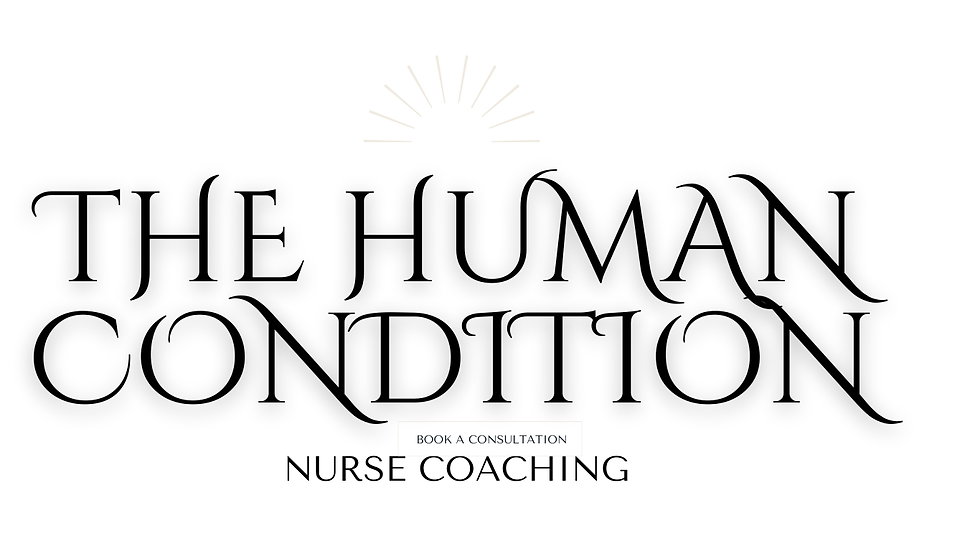Using Nutrition to Fix Gut Health, Metabolic Issues, and Inflammation
- Gary Lambert
- Dec 27, 2024
- 3 min read

Your health begins in your gut. From supporting energy production and metabolism to regulating your immune system and reducing inflammation, the food you eat plays a central role in fixing many common health problems. Issues like poor gut health, leaky gut syndrome, insulin resistance, and chronic inflammation can often be traced back to your diet—and the good news is, nutrition can also be the solution.
Here’s how you can use the power of nutrition to restore balance and heal your body.
The Key Problems We’re Tackling
To create a clear strategy, let’s revisit the core issues that need addressing:
Weak Microbiome: A lack of beneficial gut bacteria (probiotics) reduces the production of critical compounds like Short-Chain Fatty Acids (SCFAs), harming gut health and immunity.
Leaky Gut Syndrome: Damage to the gut lining allows toxins and undigested food particles to enter the bloodstream, triggering inflammation.
Insulin Resistance: A high-sugar diet leads to poor blood sugar regulation, causing metabolic disorders like obesity and diabetes.
Chronic Inflammation: A weak gut and poor diet fuel systemic inflammation, contributing to diseases like arthritis, cardiovascular disease, and brain fog.
Nutrient Deficiencies: Poor gut health hampers the absorption of essential vitamins, minerals, and amino acids.
How to Fix These Problems with Nutrition
Strengthen Your Microbiome A healthy microbiome is the foundation of gut health, SCFA production, and immunity.
Eat Fiber-Rich Foods: SCFAs like butyrate are produced when gut bacteria ferment fiber. Focus on:
Leafy greens (spinach, kale, collard greens)
Root vegetables (carrots, beets, sweet potatoes)
Whole grains (quinoa, oats, barley)
Legumes (lentils, chickpeas, black beans)
Include Prebiotic Foods: Prebiotics feed probiotics. Try:
Asparagus
Garlic
Onions
Bananas
Add Probiotic-Rich Foods: These introduce beneficial bacteria into your gut. Great options include:
Yogurt with live cultures
Kefir
Sauerkraut
Kimchi
Miso
Heal the Gut Lining Repairing the gut lining reduces leaky gut syndrome and protects against inflammation.
Consume Collagen-Rich Foods: Collagen supports the gut lining. Incorporate:
Bone broth
Salmon skin
Chicken thighs
Supplement with Glutamine: This amino acid is vital for gut repair. Foods rich in glutamine include:
Eggs
Chicken
Spinach
Parsley
Avoid Gut-Damaging Foods: Eliminate or reduce:
Processed foods and refined sugars
Alcohol
Gluten, if you’re sensitive
Balance Blood Sugar Stabilizing blood sugar reduces insulin resistance and helps your cells absorb glucose effectively.
Choose Low-Glycemic Foods: Foods that release glucose slowly include:
Whole fruits (berries, apples)
Non-starchy vegetables (broccoli, cauliflower, zucchini)
Nuts and seeds
Pair Carbs with Protein and Healthy Fats: This slows glucose absorption. For example:
Add almond butter to an apple
Pair quinoa with salmon
Incorporate Healthy Fats: Fats like omega-3s improve insulin sensitivity. Try:
Avocados
Fatty fish (salmon, mackerel, sardines)
Chia seeds
Fight Inflammation Anti-inflammatory foods can help calm the immune system and reduce the risk of chronic diseases.
Eat Omega-3 Rich Foods: These healthy fats fight inflammation. Sources include:
Walnuts
Flaxseeds
Fish oil
Include Antioxidant-Rich Foods: These protect your cells from damage. Focus on:
Berries (blueberries, strawberries, raspberries)
Dark chocolate (at least 70% cocoa)
Green tea
Use Anti-Inflammatory Spices: Add flavor and health benefits with:
Turmeric (with black pepper to enhance absorption)
Ginger
Cinnamon
Address Nutrient Deficiencies Replenishing essential nutrients helps your body function optimally.
Magnesium-Rich Foods: Magnesium supports over 300 biochemical reactions in your body, including energy production. Try:
Leafy greens
Almonds
Dark chocolate
Vitamin D: Essential for immune health and inflammation control. Sources include:
Fatty fish
Egg yolks
Fortified plant milks
Zinc: Important for gut repair and immunity. Foods high in zinc include:
Pumpkin seeds
Shellfish
Cashews
Sample Day of Healing Meals
Breakfast: Spinach and avocado omelet with a side of fermented sauerkraut.Snack: Greek yogurt with a sprinkle of chia seeds and a drizzle of honey.Lunch: Quinoa salad with roasted vegetables, chickpeas, and olive oil dressing.Snack: Handful of walnuts and an apple.Dinner: Grilled salmon with turmeric-spiced cauliflower rice and a side of steamed broccoli.
Lifestyle Tips to Support Nutritional Healing
Hydrate: Drink plenty of water to aid digestion and nutrient absorption.
Exercise Regularly: Physical activity improves gut microbiome diversity and insulin sensitivity.
Prioritize Sleep: Poor sleep disrupts gut health and increases inflammation.
Reduce Stress: Chronic stress weakens your microbiome. Practice meditation, yoga, or deep breathing.
Your Health, Transformed
Using nutrition to heal your gut and restore balance is one of the most powerful steps you can take for your overall health. By feeding your body the right foods, you’ll strengthen your microbiome, heal your gut lining, balance blood sugar, reduce inflammation, and overcome nutrient deficiencies.
Ready to take charge of your health? Start today with small, intentional changes—and watch your body thank you.
Learn more about personalized nutrition and holistic health here. Your journey to wellness starts with your plate.


Comments